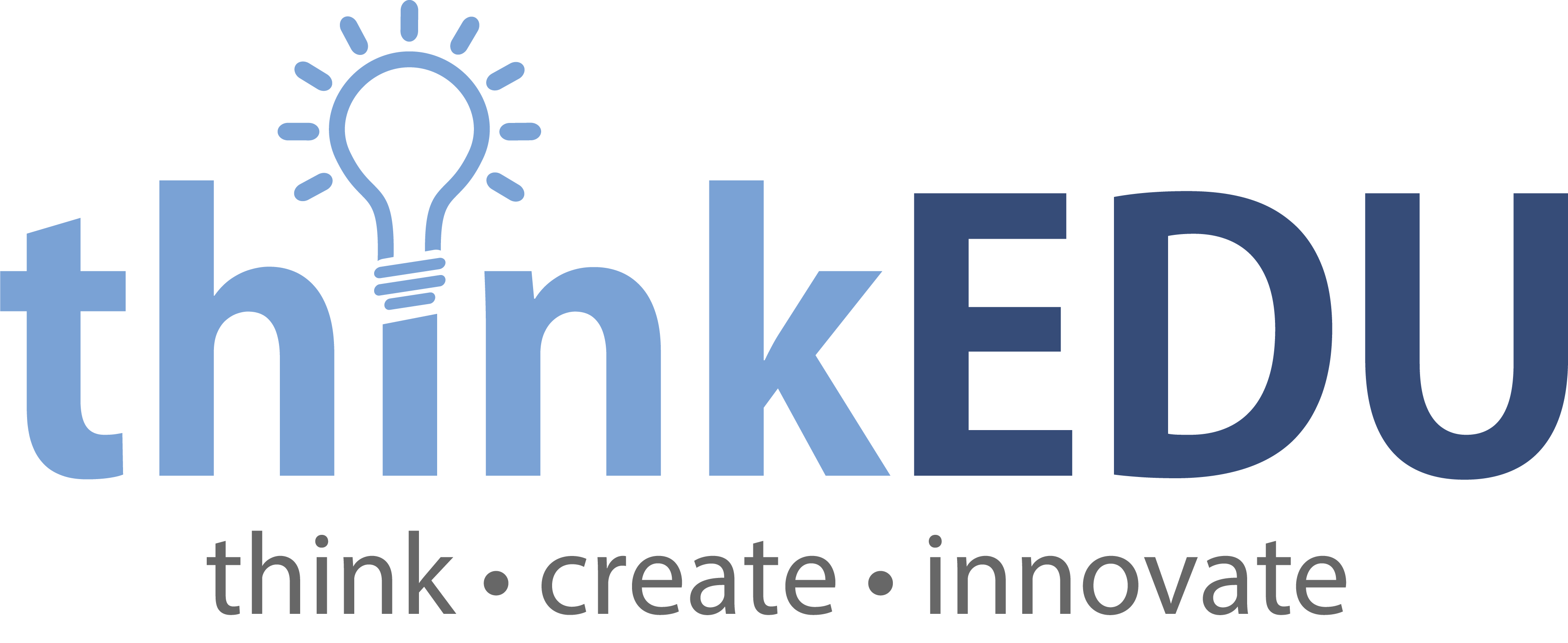
Ascent Autodesk Inventor 2022: Working with 3D Annotations & Model-Based Defs (Mixed Units) eBook
The geometry designed in a 3D CAD modeling environment is created perfectly. During the manufacturing stage, it is not possible to achieve the same perfection. Variations in size, feature location, and orientation are unavoidable. This guide instructs how to use the tools in Autodesk Inventor 2022 to create 3D annotations that communicate dimensional and GD&T data, hold/thread notes, surface texture requirements, and informational text-based annotations, all of which aim to improve manufacturing accuracy.
Additionally, this guide explains how you can share your 3D annotated models as 3D PDFs, DWF, STEP files, and Shared Views for use by other software applications, or in 2D drawing views.
Topics Covered:
- Creating dimensional annotations.
- Creating hole/thread note and surface texture annotations.
- Creating text-based annotations in a model to communicate additional information.
- Creating tolerance features in a model and using Tolerance Advisor to review it.
- Creating a general profile note annotation.
- Editing 3D annotations in a model.
- Working with Design Views to accurately present the 3D annotations.
- Exporting an annotated model as 3D PDFs, DWF, and STEP files, as well as Shared Views.
- Retrieving 3D model annotations into a 2D drawing view.
Prerequisites:
- Knowledge of GD&T required. The international GD&T standard, ASME Y14.5M-2018, governs how annotations should be added to clearly describe the model’s intent. This guide assumes that you know how the model is to be annotated and only aims to explain how the annotations are added using the Autodesk Inventor software.
- Access to the 2022.0 version of the software, to ensure compatibility with this guide. Future software updates that are released by Autodesk may include changes that are not reflected in this guide. The practices and files included with this guide are not compatible with prior versions (e.g., 2021).
- As an introductory guide, it teaches experienced Autodesk Inventor users how to create 3D annotations to support the visual presentation of annotations and a MBD workflow. Having a background in creating 3D models using Inventor is highly recommended.











